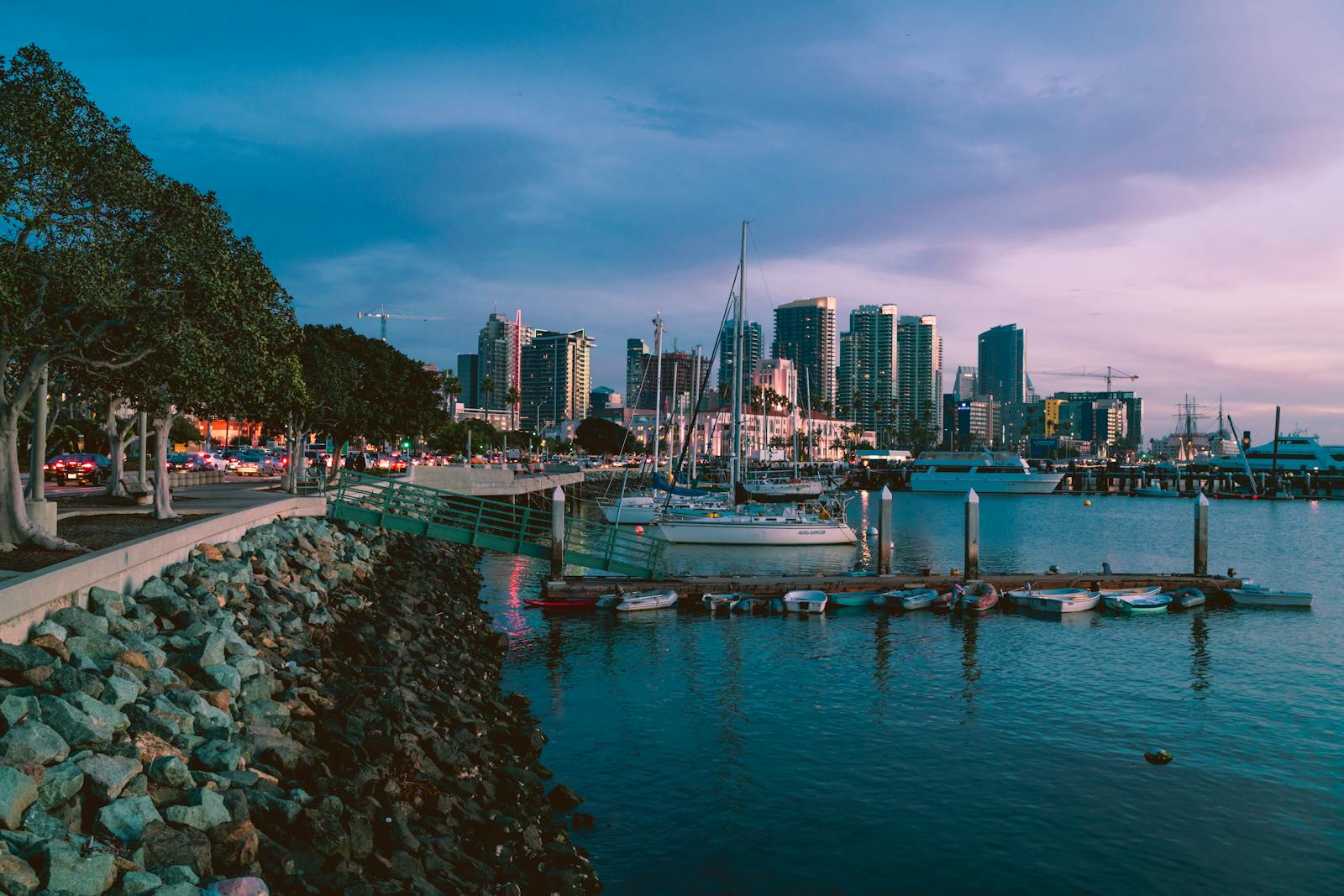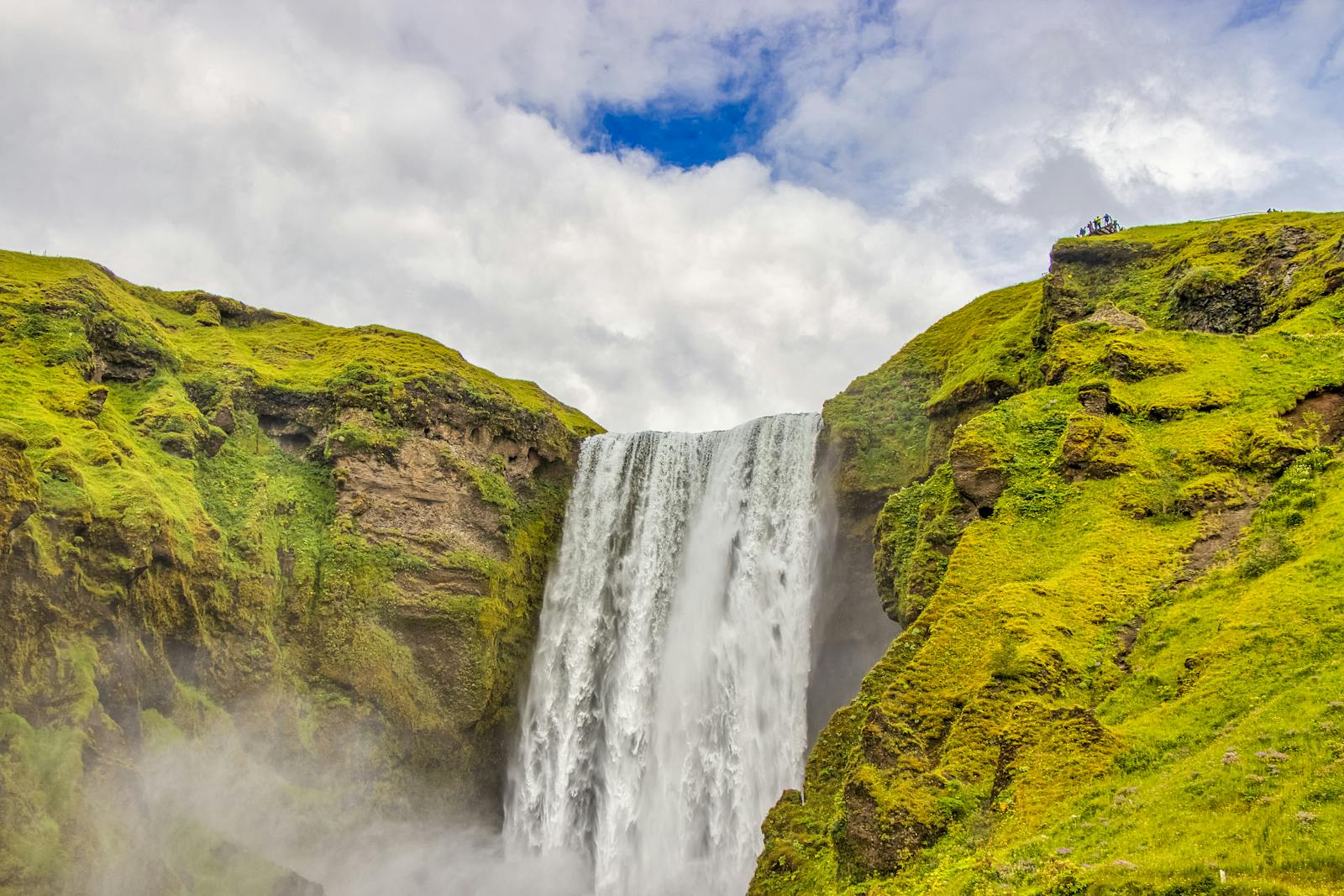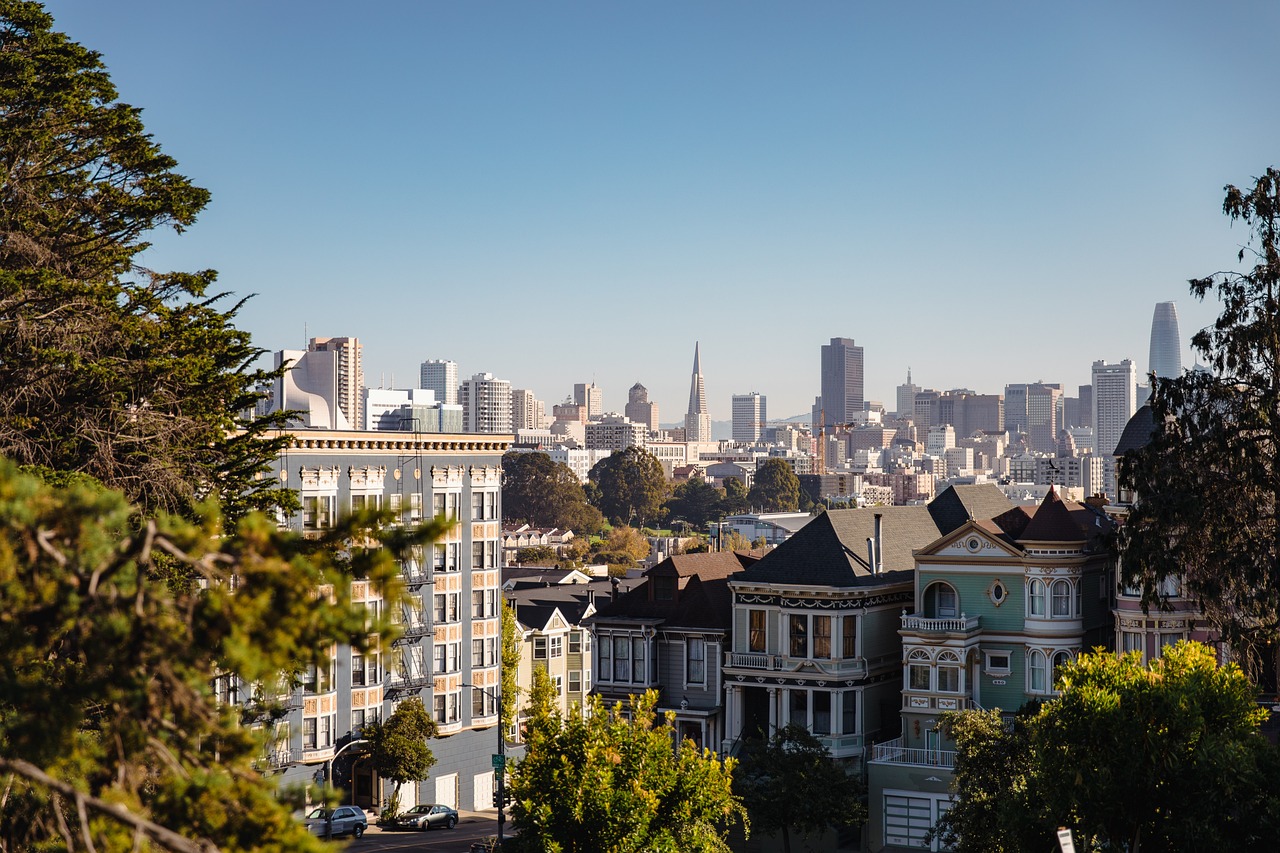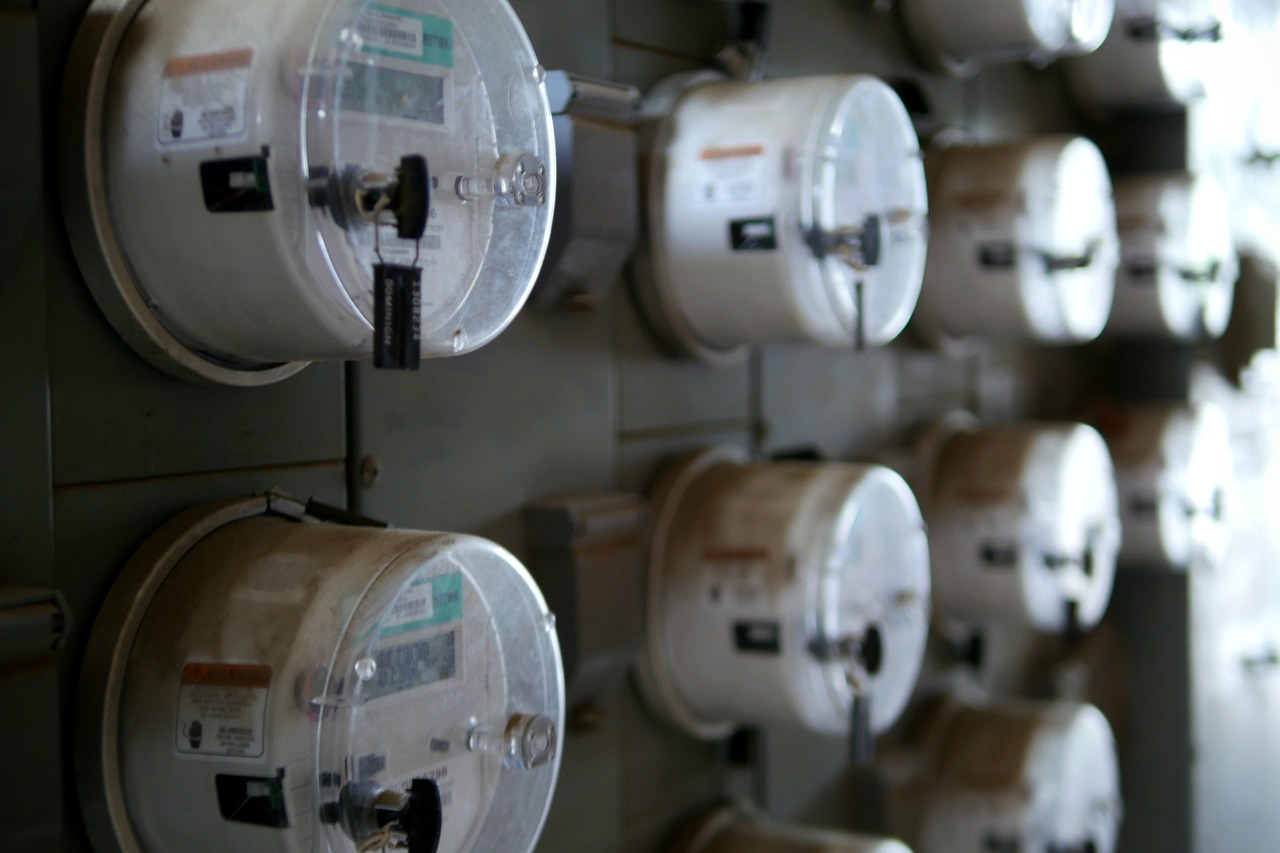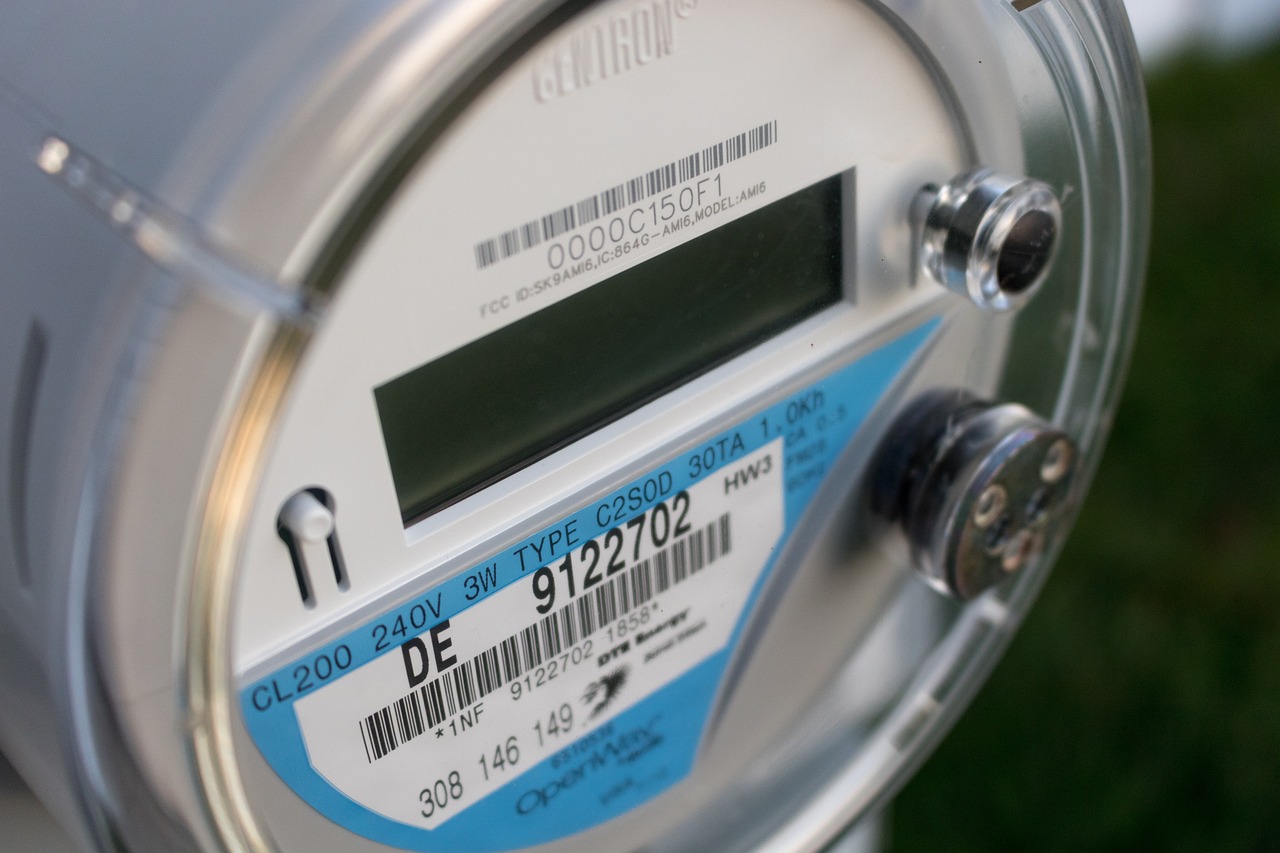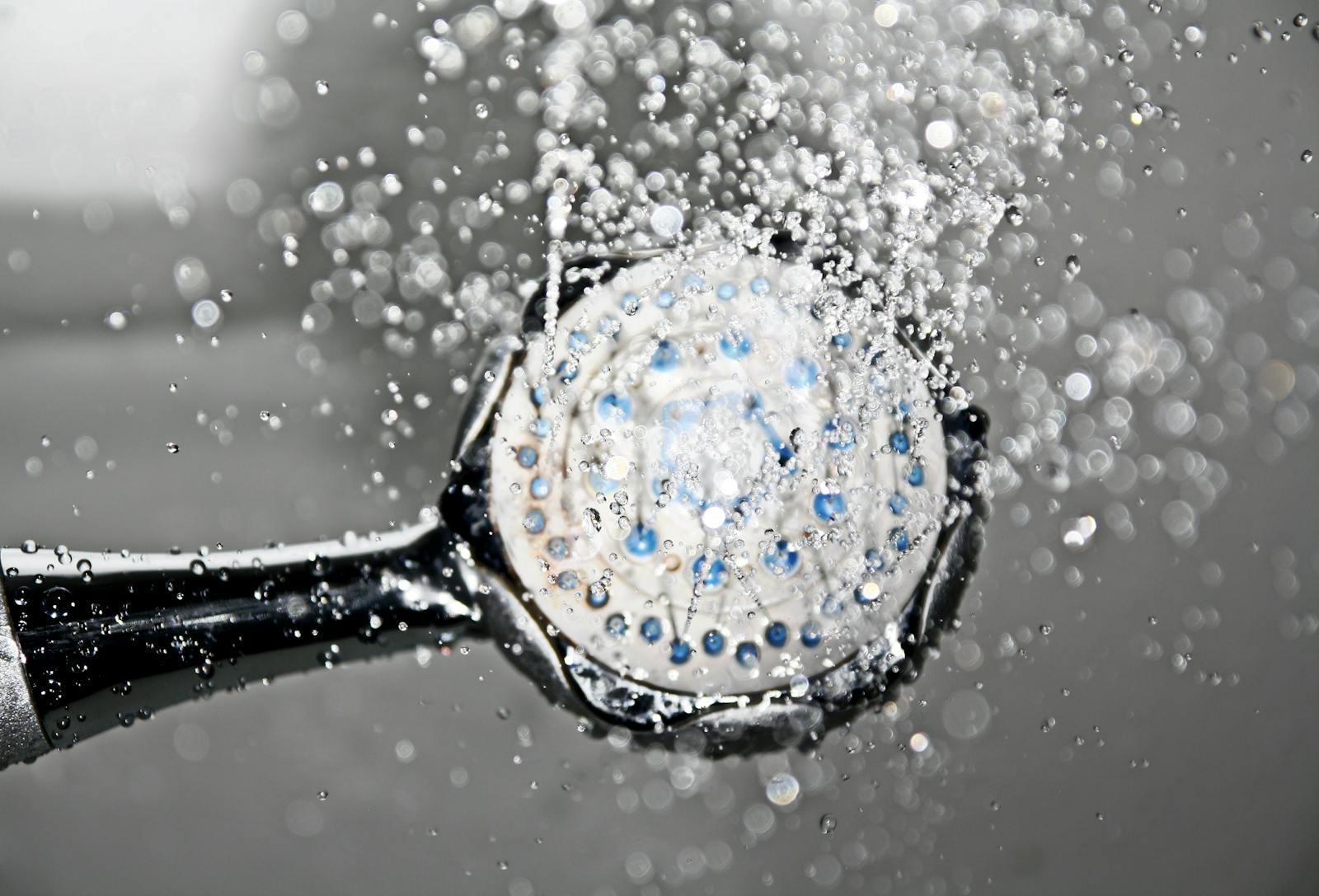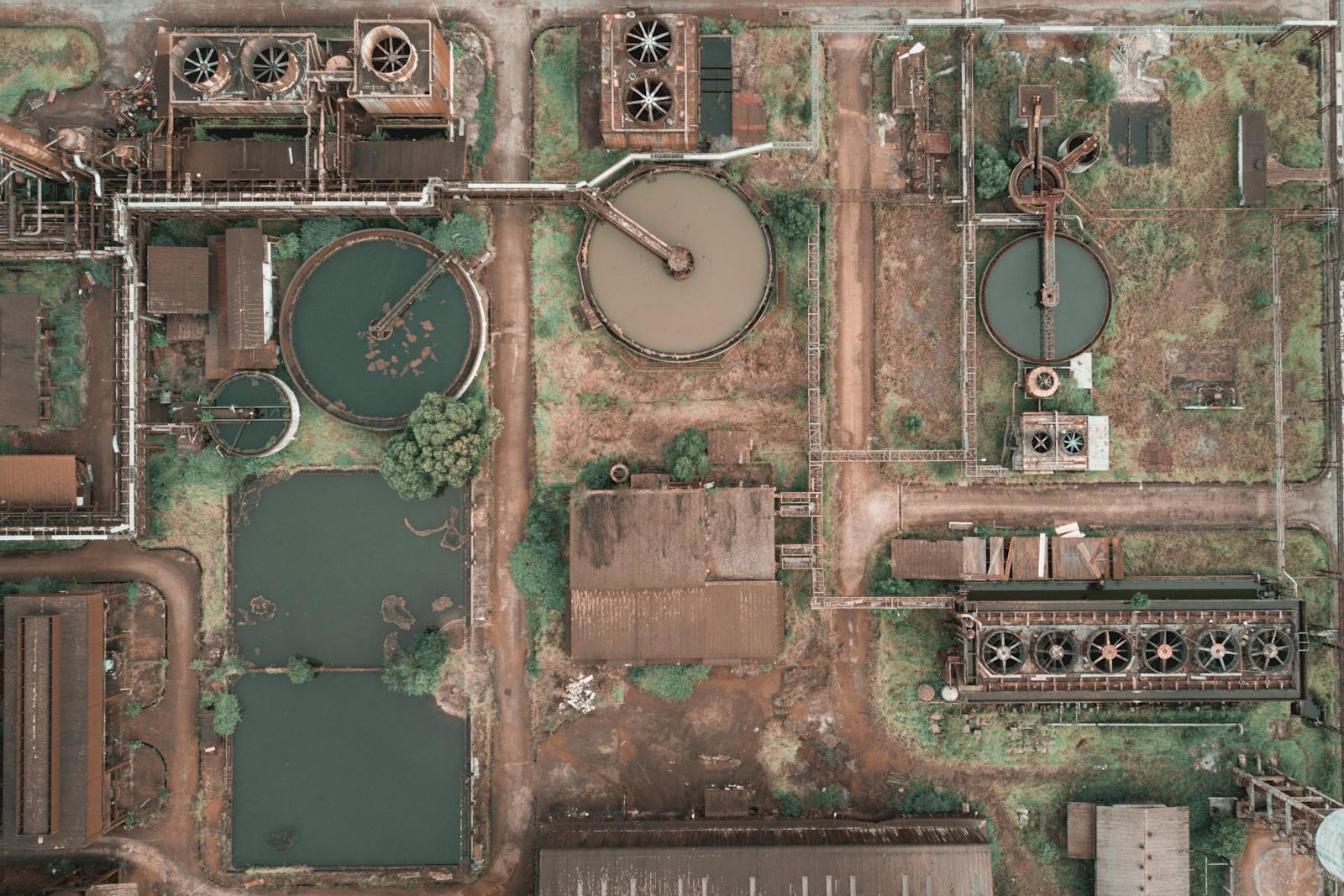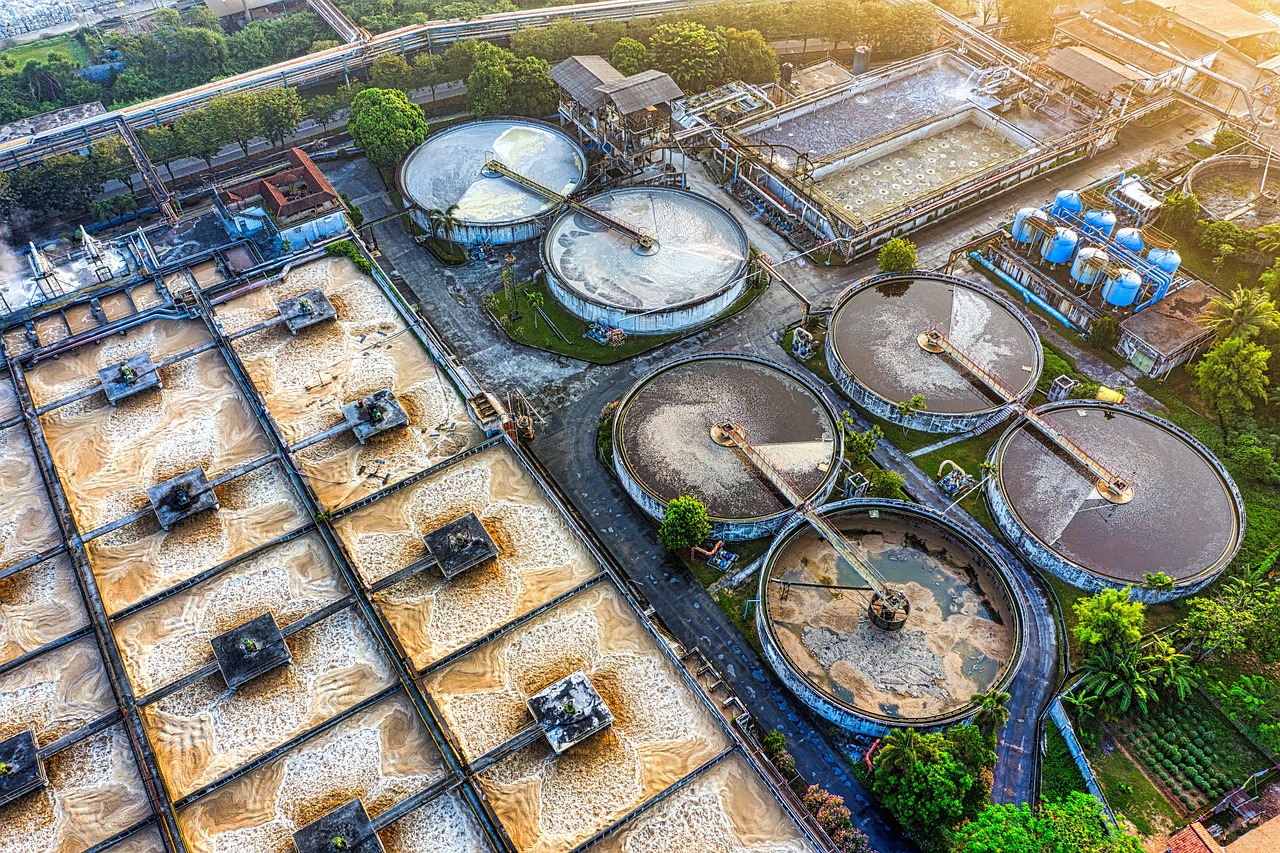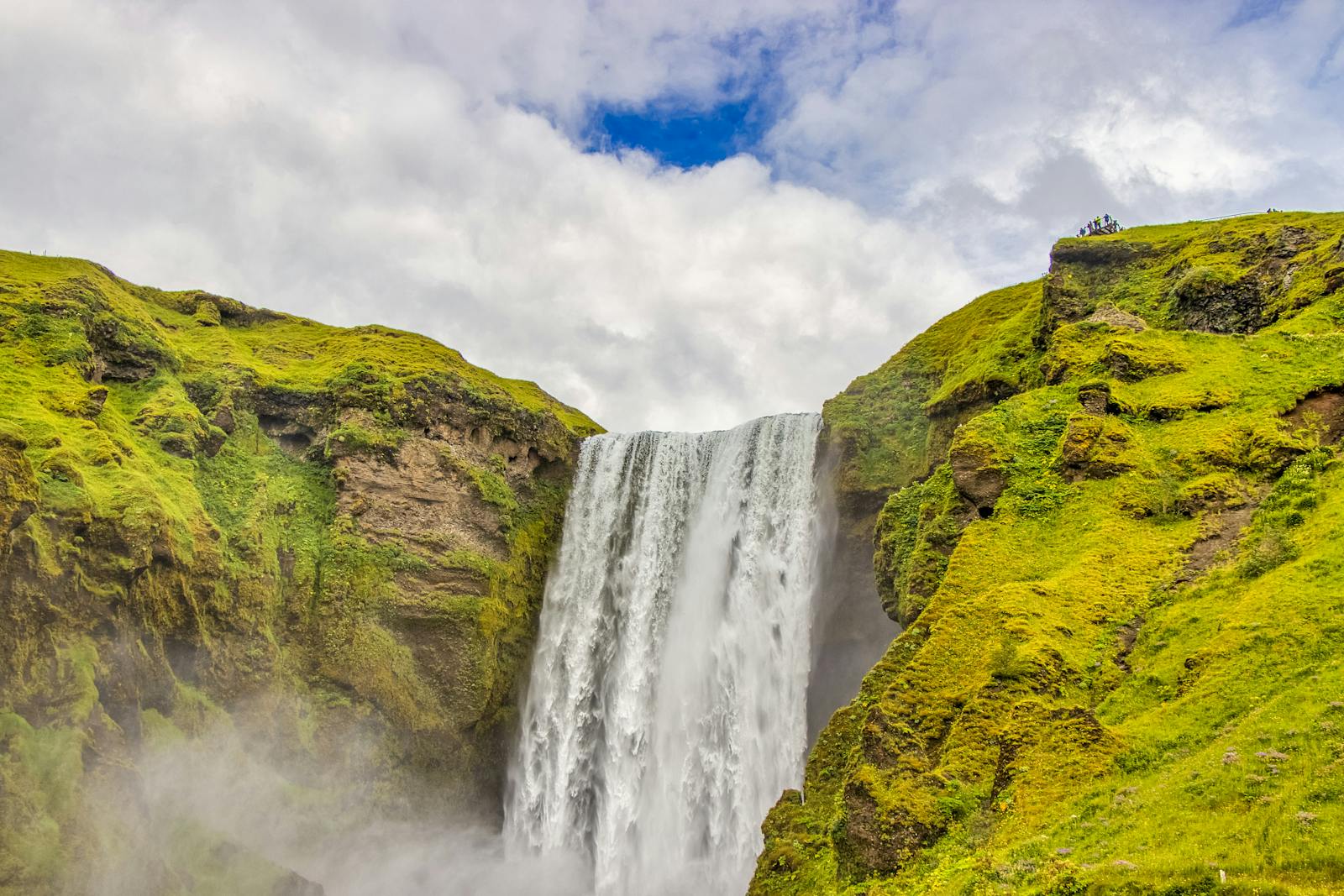San Diego Tap Water
Explore the environmental impact of San Diego’s water management system, highlighting its innovative solutions, conservation efforts, and challenges like energy consumption and habitat disruption.
San Diego Tap Water
Explore the environmental impact of San Diego’s water management system, highlighting its innovative solutions, conservation efforts, and challenges like energy consumption and habitat disruption.
San Diego Tap Water Ratings
💧 Tap Water Quality Score
✅ Safety Standards Met
Yes
👅 Taste Rating
⚖️ pH Level
7.8
🪨 Hardness Level
Hard
⚠️ Common Contaminants
Chlorine, nitrates, fluoride, and trace levels of arsenic and chromium.
🧫 Microbial Safety
Safe
🧴 Chlorine Level
1.0 mg/L mg/L
🦷 Fluoride Level
0.7 ppm ppm
🌍 Environmental Sustainability Score
Public Health and Water Management in San Diego
San Diego’s water management system prioritizes public health by delivering clean, safe, and reliable drinking water. Through advanced treatment technologies, strict safety standards, and proactive public health measures, the city ensures its water supply supports the well-being of its residents.
Safe and Clean Drinking Water
San Diego’s water undergoes rigorous treatment at facilities like the Alvarado and Miramar Water Treatment Plants. These facilities use advanced filtration, disinfection, and purification processes to remove contaminants, ensuring compliance with EPA and California State safety standards.
Comprehensive Water Testing
The city performs over 250,000 water quality tests annually to monitor for harmful substances, such as lead, nitrates, and trihalomethanes (THMs). Results are published in annual Consumer Confidence Reports, keeping residents informed about their water’s safety.
Fluoridation for Dental Health
San Diego adds fluoride to its water supply at a level of 0.7 ppm, as recommended by the Centers for Disease Control and Prevention (CDC). This helps prevent tooth decay and supports overall dental health in the community.
Microbial Safety
Advanced disinfection methods, including chlorination and ultraviolet (UV) treatment, ensure the elimination of harmful pathogens like bacteria and viruses. The city’s microbial safety measures guarantee the water is free from risks of waterborne diseases.
Public Health Education
The city runs educational campaigns to raise awareness about the importance of safe water practices. Initiatives like Think Blue San Diego teach residents how to prevent stormwater pollution, which can impact public health and recreational waters.
Emergency Preparedness
San Diego’s water system is designed to respond quickly to emergencies, such as contamination events, natural disasters, or infrastructure failures. The city maintains backup supplies and emergency response protocols to ensure uninterrupted access to safe drinking water.
Stormwater and Public Health
Efforts to manage stormwater runoff reduce pollution in local rivers, reservoirs, and beaches, ensuring that recreational and drinking water sources remain safe for public use. Wetland restoration projects further enhance water quality and protect aquatic ecosystems.
Infrastructure and Technology in San Diego’s Water Management
San Diego’s water management system is built on a foundation of modern infrastructure and cutting-edge technology, ensuring the city can meet its growing water demands while maintaining efficiency, safety, and sustainability. From advanced treatment facilities to innovative water reuse programs, San Diego leads in water resource management.
Water Treatment and Distribution
The city operates state-of-the-art treatment plants, including the Alvarado, Miramar, and Otay Water Treatment Plants, which process millions of gallons daily. These facilities use advanced filtration and disinfection technologies to deliver safe and clean water to residents. A network of pipelines, booster stations, and reservoirs ensures efficient water distribution across the city’s diverse terrain.
Desalination Technology
The Carlsbad Desalination Plant provides a reliable drought-proof water source by converting seawater into drinking water using reverse osmosis. Producing around 50 million gallons per day, it reduces reliance on imported water and enhances local water security.
Recycled Water Systems
San Diego’s Pure Water Program is a pioneering initiative that purifies wastewater into potable water using advanced technologies like microfiltration, reverse osmosis, and ultraviolet light disinfection. By 2035, recycled water is projected to supply 50% of the city’s water needs, making the system more resilient.
Stormwater and Flood Management Infrastructure
The city’s stormwater system includes retention basins, bioswales, and permeable pavements to manage runoff, reduce flooding, and protect water quality. These green infrastructure solutions also recharge groundwater and improve urban resilience to heavy rains.
Leak Detection and Monitoring
San Diego employs smart water meters and real-time monitoring systems to detect leaks and track water usage. This technology minimizes water loss, improves efficiency, and helps identify infrastructure issues before they become major problems.
Reservoirs and Dams
Key infrastructure such as the San Vicente Dam and Lake Murray Reservoir stores water for use during dry periods. These reservoirs are vital components of the city’s water storage and supply strategy, ensuring reliability even during droughts.
Sustainable Irrigation Systems
The city promotes the use of smart irrigation technologies in public parks, golf courses, and residential areas. These systems adjust water usage based on weather conditions and soil moisture, significantly reducing water waste.
Energy Efficiency in Water Operations
San Diego integrates renewable energy sources, such as solar power, into its water infrastructure to reduce the carbon footprint of water treatment and distribution. Energy-efficient pumps and equipment further enhance sustainability.
San Diego’s Water Management System
San Diego’s water management system is a model of innovation and efficiency, designed to meet the needs of a growing population while addressing the challenges of limited local water resources and climate change. The system combines diverse water sources, advanced treatment technologies, and comprehensive sustainability initiatives to ensure a reliable and safe water supply.
Diverse Water Sourcing
San Diego’s water supply is sourced from a combination of local and imported water:
- Imported Water: Approximately 85% of the city’s water comes from the Colorado River and the State Water Project, ensuring consistent supply despite local resource limitations.
- Local Water: Includes runoff captured in reservoirs such as San Vicente and Lake Murray, supplemented by desalination and recycled water.
Advanced Water Treatment
San Diego operates modern treatment facilities like the Miramar, Alvarado, and Otay Water Treatment Plants. These facilities use multi-stage filtration and disinfection processes to remove contaminants, ensuring water quality meets or exceeds EPA and state standards.
Desalination and Recycled Water
- The Carlsbad Desalination Plant provides a drought-proof water source, producing about 50 million gallons of potable water daily.
- The Pure Water San Diego program purifies wastewater using advanced technologies such as reverse osmosis and UV disinfection, aiming to supply 50% of the city’s water needs by 2035.
Stormwater Management
The city’s stormwater infrastructure, including retention basins, bioswales, and permeable surfaces, prevents flooding, reduces runoff, and protects local water bodies from pollution. Programs like Think Blue San Diego educate the public on preventing stormwater contamination.
Water Distribution Network
An extensive system of pipelines, storage tanks, and pumping stations ensures efficient delivery of water throughout the city. Reservoirs like San Vicente provide crucial storage capacity, while smart water meters track usage and detect leaks in real time.
Sustainability and Conservation
San Diego promotes water conservation through rebate programs, drought-tolerant landscaping, and community outreach. Efforts to reduce water waste and promote sustainable practices are essential to maintaining the city’s long-term water security.
Emergency Preparedness
San Diego’s water management system is designed to withstand natural disasters, infrastructure failures, and extended droughts. The city maintains backup supplies and regularly updates its emergency response plans to ensure residents have access to water during crises.
Water Resource Availability in San Diego
San Diego faces unique challenges in water resource availability due to its semi-arid climate, limited natural water sources, and growing population. To address these challenges, the city has developed a diversified water supply strategy that includes imported water, desalination, recycled water, and local runoff capture.
Primary Water Sources
- Imported Water: About 85% of San Diego’s water is imported from the Colorado River and the State Water Project, providing a vital but vulnerable supply due to droughts and allocation agreements.
- Local Water: The city captures local runoff in reservoirs like San Vicente and Lake Murray, which supplement the water supply during wetter years.
Desalination
The Carlsbad Desalination Plant provides a reliable, drought-resistant water source by converting seawater into potable water. It produces approximately 50 million gallons daily, accounting for around 10% of the city’s water supply.
Recycled Water
San Diego’s Pure Water Program purifies wastewater for reuse as drinking water, aiming to meet 50% of the city’s water demand by 2035. This initiative reduces dependency on imported water and enhances sustainability.
Rainwater and Stormwater Capture
Rainfall in San Diego is limited, averaging around 10 inches annually, but the city encourages residents to install rain barrels and cisterns to capture and use rainwater. Additionally, green infrastructure like bioswales and retention basins help capture stormwater and recharge groundwater.
Groundwater Resources
San Diego’s access to groundwater is minimal compared to other regions, but efforts are being made to explore sustainable use of aquifers like the San Diego Formation Aquifer for non-potable applications.
Challenges to Water Resource Availability
- Drought and Climate Change: Prolonged droughts and rising temperatures strain both local and imported water supplies.
- Population Growth: Increasing demand from residents and industries further pressures limited water resources.
- Interstate Water Agreements: Dependence on shared water resources, such as the Colorado River, adds legal and logistical challenges.
Sustainability and Conservation Initiatives
San Diego has implemented conservation programs to maximize water availability. Initiatives like WaterSmart Landscaping, rebates for water-efficient appliances, and public education campaigns encourage responsible water use. Additionally, large-scale projects like desalination and water recycling enhance long-term resource availability.
Environmental Impact of Water Management in San Diego
San Diego’s water management system has both positive and negative environmental impacts. While innovative programs like desalination and water recycling reduce dependence on imported water and enhance sustainability, the city faces challenges such as high energy consumption and ecosystem disruption. Balancing water supply needs with environmental preservation is a priority for the region.
Positive Environmental Contributions
- Pure Water San Diego: By recycling wastewater into potable water, this program reduces ocean discharges and minimizes environmental pollution. It also helps lessen reliance on distant water sources, which decreases the overall ecological footprint.
- Stormwater Management: Initiatives like Think Blue San Diego prevent polluted urban runoff from reaching local waterways. Green infrastructure, such as permeable pavements and bioswales, improves water quality while protecting aquatic habitats.
- Drought-Tolerant Landscaping: Rebates and programs promoting native, drought-resistant plants reduce outdoor water use and preserve local biodiversity.
- Wetland Restoration: Projects like the restoration of the Tijuana River Estuary help protect critical habitats, improve water filtration, and provide flood control, benefiting both the environment and public health.
Environmental Challenges
- High Energy Consumption: Water-intensive processes like desalination and long-distance water imports from the Colorado River require significant energy, contributing to greenhouse gas emissions. Efforts to improve energy efficiency and integrate renewable energy are ongoing.
- Habitat Disruption: Construction of reservoirs, dams, and pipelines can disrupt natural ecosystems and alter river flows. For instance, the San Vicente Dam impacts local habitats and reduces natural sediment transport.
- Marine Ecosystem Impacts: Desalination plants, such as the Carlsbad Desalination Plant, can affect marine life due to intake systems and brine discharge, although mitigation measures are in place to minimize these effects.
- Pollution Risks: Despite efforts, urban runoff during heavy rains can carry pollutants into rivers and oceans, posing risks to aquatic life and water quality.
Mitigation and Conservation Strategies
- Renewable Energy Integration: San Diego is working to reduce the carbon footprint of its water management system by incorporating solar and wind energy into operations.
- Public Education Campaigns: Programs like Think Blue and WaterSmart educate residents about their role in reducing pollution and conserving water.
- Sustainable Infrastructure: Investments in green infrastructure and stormwater capture help mitigate negative environmental impacts while improving water availability.
Water Management In San Diego
Get notified on new water management news, updates & advancements in San Diego.
Shop Books, eBooks, Audiobooks

The Little Book on Hydration: The People’s Guide To Health, Vitality & Flow (Audiobook)
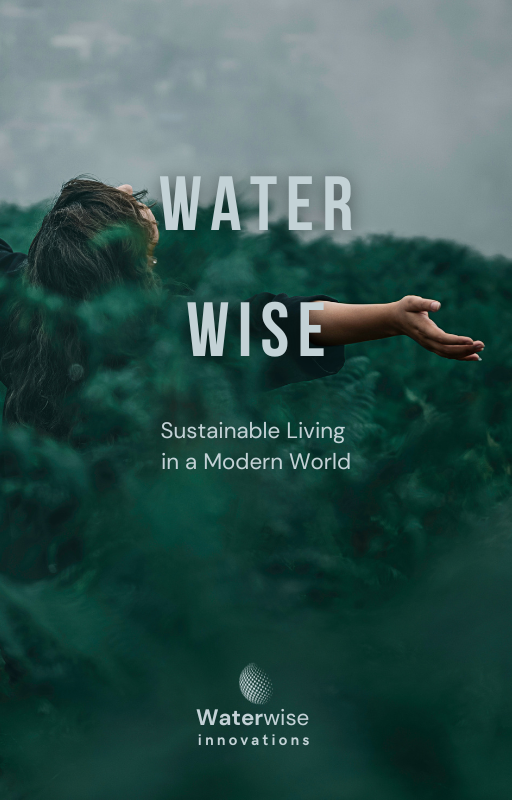
Water Wise: Sustainable Living in a Modern World
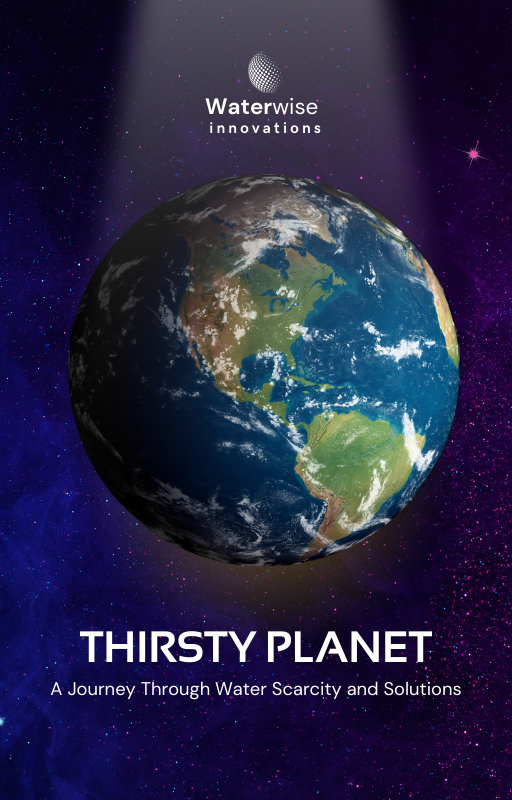
Thirsty Planet: A Journey Through Water Scarcity and Solutions
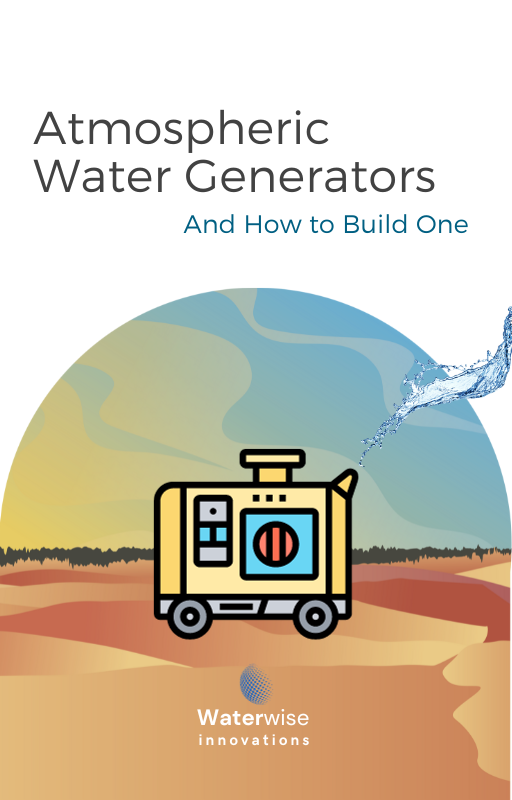
Atmospheric Water Generators: And How to Build One
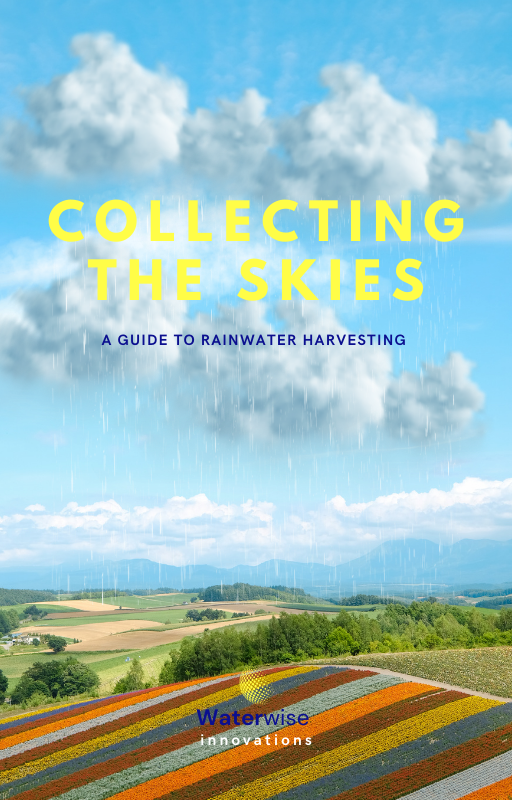
Collecting the Skies: A Guide to Rainwater Harvesting

The Little Book on Hydration: The People’s Guide To Health, Vitality & Flow
Reviews of San Diego Tap Water
There are no reviews yet. Be the first one to write one.
There are no reviews yet. Be the first one to write one.

